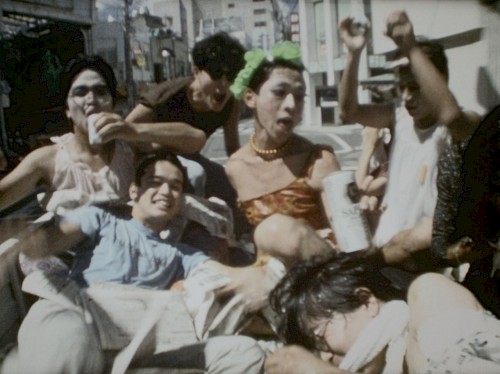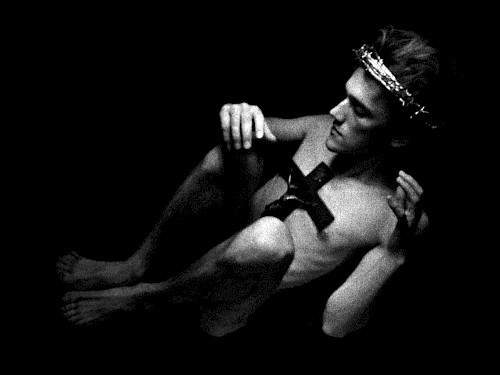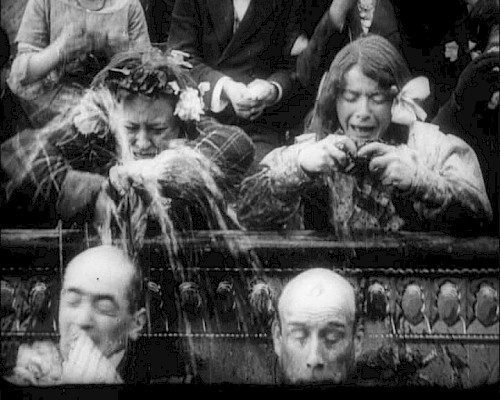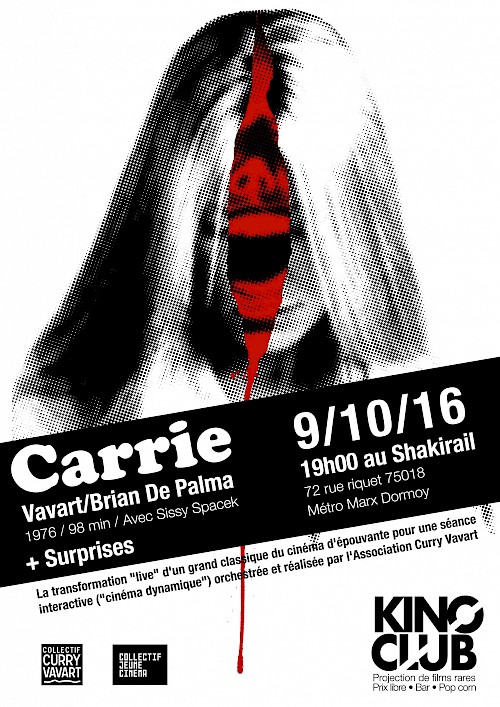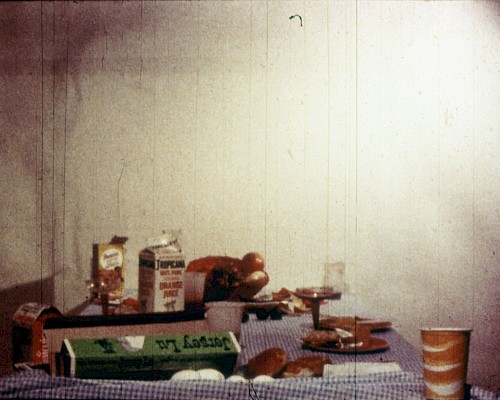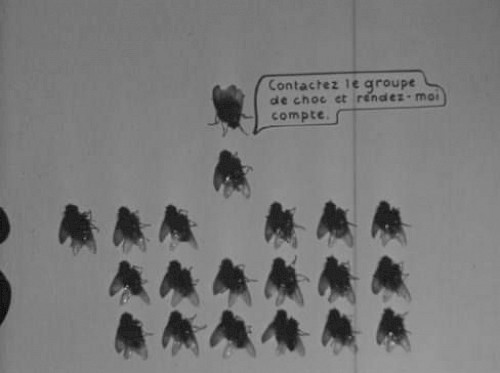Look at the sky. Ask yourself: did the sheep eat the flower or not? And you will see how everything changes..
The Little Prince by Antoine de Saint-Exupéry
It was during my master’s degree in film and audiovisual studies under the direction of Michèle Lagny at Paris III Censier (The 1950s: the golden age of French short films), that I discovered Albert Pierru. For a while I thought he was a missing link in the history of cinema. The histories of experimental cinema and animation mentioned Norman McLaren and Len Lye in good places, but who could this Frenchman be who had also made films without a camera? I plunged into the unknown and fell in admiration for Soir de fête and Surprise Boogie. Two films in cinemascope, magnificent, formally inventive and totally explosive. Where the image-unit is no longer the photogram, but rather the time of the trace. The path of the line, the layer of colors, the patterns and figures, the recording unit of the animation process of direct drawing on film. An overflow of frames, out of the ordinary. A DEA thesis and an article in Jeune Pure et dure, a History of avant-garde and experimental cinema in France under the direction of Nicole Brenez and Christian Lebrat, followed. Albert Pierru finally appears in the indexes of the 2.0. But it is especially when Albert Pierru’s family, Alain his son and Alexandre his grandson, entered the game, that the treasure chest really opened. The films resurfaced and in 2013, a screening at the Cinémathèque française brought together a large part of his restored filmography, from animated films to fiction and documentary films. All of them short films, a format that has long left Albert Pierru far from the official histories of cinema, like many short filmmakers of his time. In 2015, the 16mm painted films, including Tiger Rag, which I thought were lost during my university work, reappeared and the Cinémathèque Française had them restored.
With Rosa Canina (the dog rose, the fruits of the rosehip, colloquially the itchy hair), I wanted to compose a session around Albert Pierru and his cinematic practice of cinema without a camera. A smiling and joyful session at the very heart of the materiality of cinema: the emulsion and transparency of the medium, the photograms, the perforations, the oscillation between each image and the predominance of movement. A session where it jiggles from one filmmaker to another, echoing or breaking, to the rhythm of the music or the colors. A sensory experience, a chaos of the retinal persistence prompt to metamorphosis.
In the workshops of drawing and scratching on film proposed to children, or apprentice filmmakers, the wonder persists to see a simple line, dots and spots of color, that we have made with our own hands, animate on the screen and create with a few strokes an abstract world just as fantastic as wOw, coding and digital algorithms of video games. A world however much more sensual and figurative when one has a lot of patience, with magnifying glass, Indian ink, pens and paint.
The Rosa Canina session presents the great masters of the cinema without camera (without being exhaustive), that Albert Pierru discovered in the 1950s, when he projected in his Boulogne-sur-Mer film club Stars and stripes (1940) by Norman McLaren. The same Canadian by adoption who, according to legend, discovered Oskar Fischinger at the film club he founded in his school of fine arts in Glasgow and who fell in admiration of Len Lye’s Color Box (1937). Cinema is a story of admiration and affinity.
Filmmakers’ cooperatives took over from film clubs in the 1970s for the distribution of experimental films. The Anthology Film Archives created by Jonas Mekas, Jerome Hill, P. Adams Sitney, Peter Kubelka, and Stan Brakhage, is the original model, including for the Collectif Jeune Cinéma when Marcel Mazé discovers Notes on the Circus (1966) by Jonas Mekas.
A large part of Stan Brakhage’s prolific work consists of painted films. A maestro in this field, where the song of colors is enough for the slightest sound. Poetic and physiological cinema without camera, where here it is still a question of animals with The Lion and the Zebra Make God’s Raw Jewels. An amusing vision with the title: Alex and Marty from Madagascar2 find themselves crushed in a wild animal documentary. Reduced to their raw, red and brown flesh, they lose their speech. A hint of irreverence that I continue with Cathy Joritz’s Negative Man, in the saving impulse of graffiti.
Finally, while preparing this session, I searched the archives and catalogs of cooperatives and festivals to discover Bäbel Neubaeur, an Austrian artist living in Germany who has been making experimental and animated films since the 1980s. Her three films, Algorithmen, Holiday and Moonlight belong to her 1990s series “Colours & Minutes”. These are mainly abstract works, which she paints, stamps and scratches directly onto 35mm film. A retrospective of her films was shown at the Festival Puanto y Raya at the Queen Sofia Museum in Spain in collaboration with the Goethe Institute in Madrid in 2011. Some excerpts of his films on the internet have very quickly seduced me, to see them projected in 35 mm with this Rosa Canina session, is a real happiness that I can’t wait to share on the occasion of this 18th edition of the Festival des Cinémas Différents et Expérimentaux de Paris.
— Laurence Rebouillon
